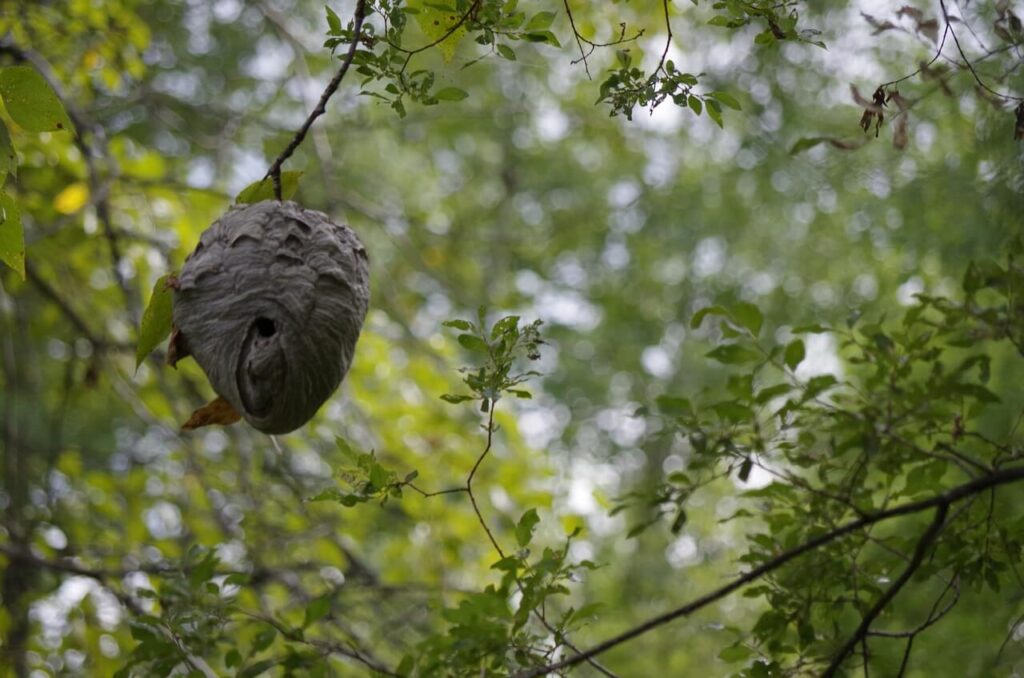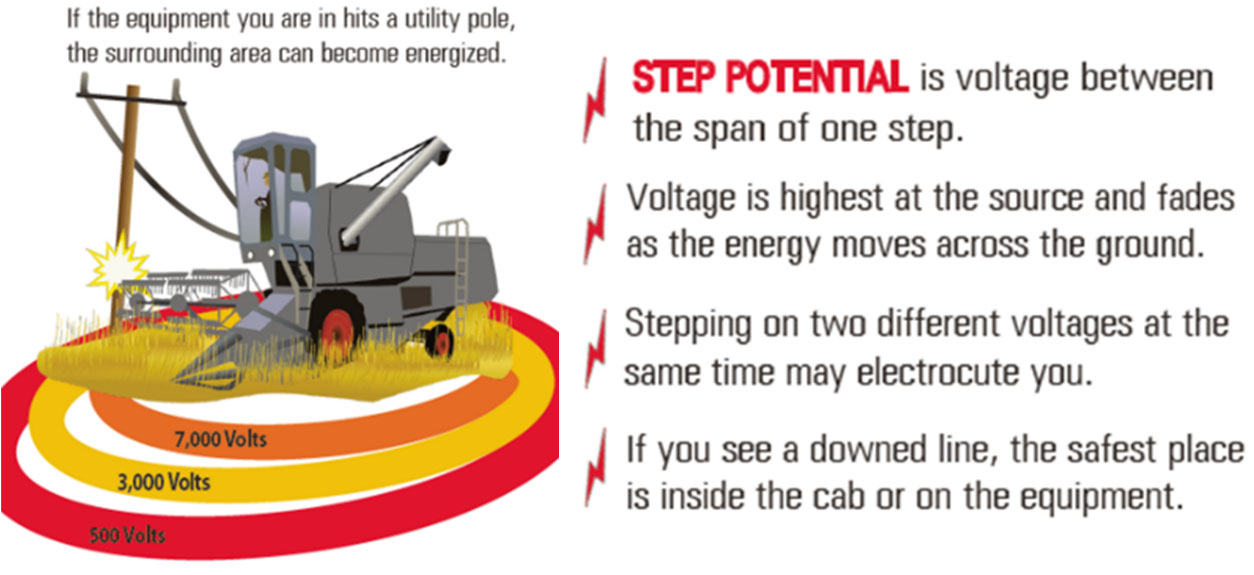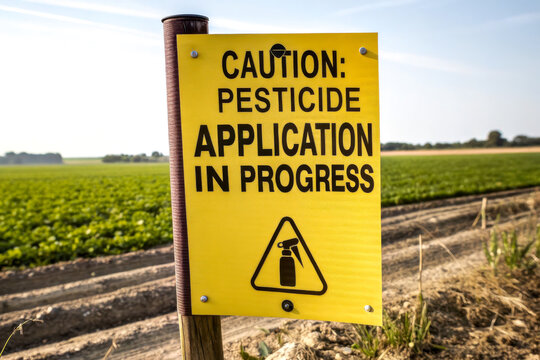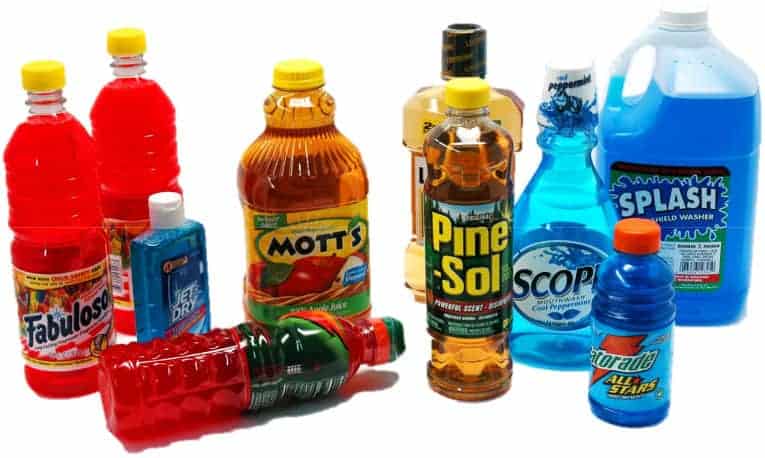Center pivots are vital to South Carolina agricultural operations as they provide needed water to crops to ensure that agricultural operations can provide the necessary crops for the state. While they are very important, many hazards are associated with them. Before you ever begin to work on a center pivot, ensure that all power supplies are locked out/tagged out to ensure that you do not get electrocuted.

Type of Hazards
- Electrical Hazards
- High Voltage: pivots are generally operated using 480V 3-phase electricity
- Common mistakes:
- Working on equipment with wet hands
- Not following proper lockout/tagout procedures
- Safety Tips:
- Always call on a trained professionals to make electrical repairs to center pivots.
- Always assume electrical wires are live.
- Install GFCIs on all outlets near irrigation systems to help protect all circuits.
- Mechanical Hazards
- Moving parts:
- Drive shaft
- Wheel gears
- Tower motors
- Injury Examples:
- Loose clothing or jewelry caught in shafts while they are moving
- Crushing injuries from tire rotation or pivot towers
- Safety Tips:
- Keep a safe distance from center pivots while they are running.
- Never remove or bypass safety guards, they are there to keep you safe!
- Exersice caution when driving equipment near or around center pivots.
- Moving parts:

- Environmental Hazards
- Wet and Slipper Conditions:
- Center pivot wheels create deep ruts, tripping and ankle injuries are a common concern.
- Weather Risks:
- Pivots often act as lightning rods in fields, never work around a center pivot during a thunderstrom.
- High winds can damage and topple center pivots in seconds.
- Wildlife and Insects:
- Check control boxes for snakes and insect nests before working on the pivot.
- Safety Tips:
- Wear boots with lots of traction when working around center pivots.
- Schedule maintanence when the ground will be dry around the pivot.
- Always check openings and boxes before opening them.
- Wet and Slipper Conditions:
Emergency Preparedness
- If someone is electrocuted:
- Do not touch them directly! Use a non-conductive object to seperate them from the source.
- Call 911 immediately!
- Begin CPR is trained and safe to do so.
- If the system collapses or tips:
- Shut down power from the main disconnect.
- Keep others away until the structure is stable.
- First aid and communication:
- Keep a waterproof first aid kit in nearby shops and vehicles.
- Use two-way radios or cellphones to communicate hazards when working around center pivots.
- Emergency Info:
- Post clear maps showing pivot locations.
- Ensure everyone knows where and how to disconnect electrical connections to the pivot.







